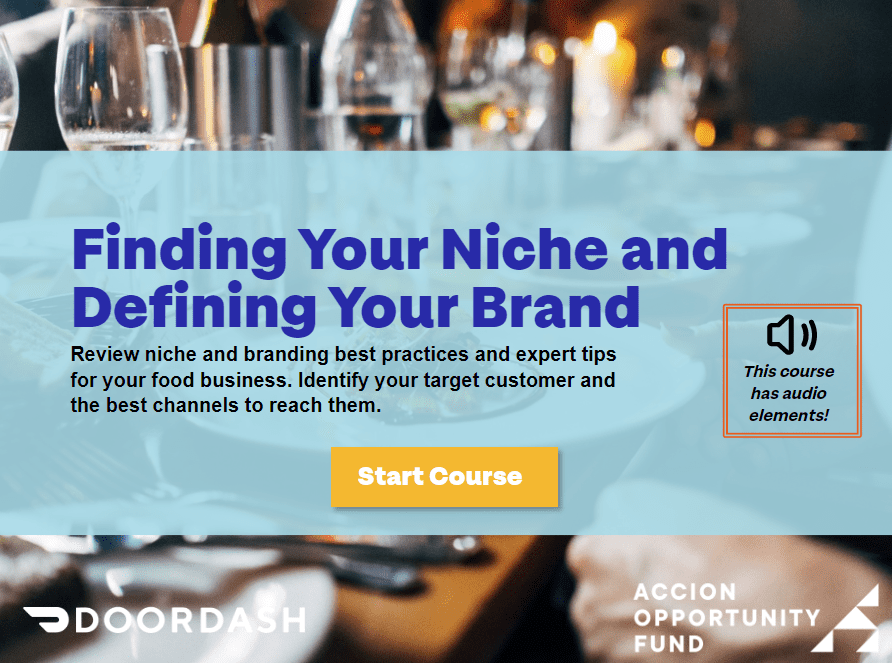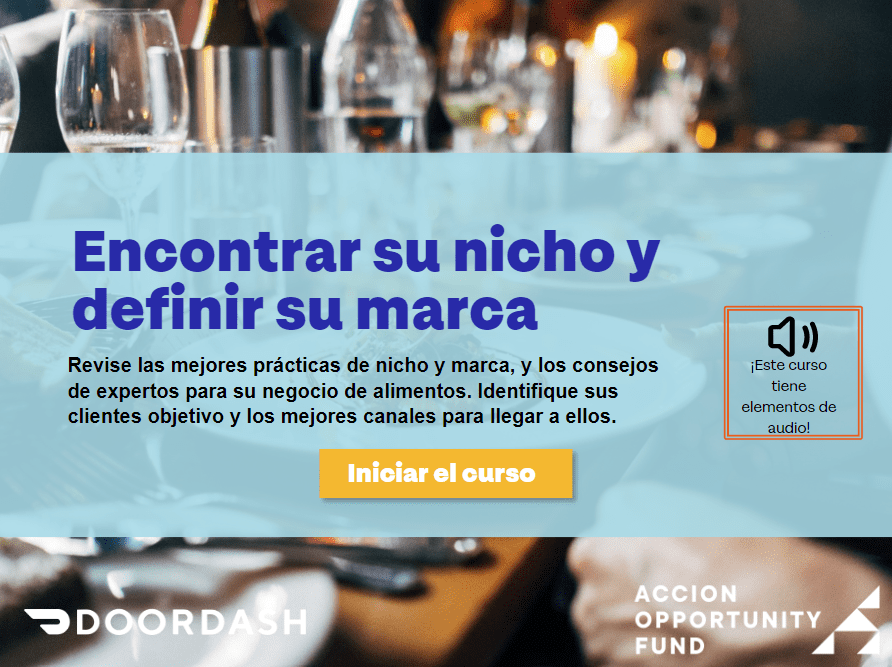All About SEO: Small Business SEO Essentials
Learn essential optimization techniques for e-commerce and easy ways to implement small business SEO best practices.

Most e-commerce business owners have heard the term “SEO,” but implementing search engine optimization techniques can be overwhelming. Learn the essential optimization techniques for e-commerce sales, easy ways to implement small business SEO best practices, and where to go for SEO help. Understand how to evaluate and update existing SEO techniques to maximize impact.
Small Business SEO Essentials
What is SEO and why do small businesses need it?
SEO stands for search engine optimization. For the website owner, this means setting up your website so search engines rank your website higher. For the consumer, this means that sites that use SEO effectively will show up earlier in your search, near the top of the results page. SEO is a key component of your digital marketing strategy.
Small businesses need to apply SEO techniques to make it easier for your target customer to find your website. Successful SEO can also boost customer engagement and online sales.
How to set up SEO on your website?
- Keyword research: determine the most relevant keywords to your consumer.
- Image optimization: Use images that grab your customer’s attention and make sure the title, alt tags, and HTML description on the image include your keyword. Google reads all of that information when it crawls your site. Use the correct image size- neither too big, which takes too long to load, or too small, which can result in poor image quality.
- Make sure your website is mobile friendly. More and more consumers are visiting sites from their phone.
- Include links to really important pages in your header. Since your header is included on every page on your website, including a link in your header signals to search engines that the header is one of the main subjects of your website.
How do you know if your SEO techniques are working?
SEO is a long-game, kind of like improving your credit score. You have to look at trends over months. It usually takes weeks for Google’s bots to come back and crawl your site, so changes don’t happen overnight. You can request that Google re-indexes your site sooner via Google Search Console, but even that takes time.
Other ways to know if your SEO efforts are paying off include monitoring:
- Email open rates: use a reputable email service provider to track email open rates and click through rates. Maintain an updated and clean email list, and optimize email subject lines to be personalized, relevant, actionable. Popular email service providers include:
- Google Analytics: Google Analytics provides a wealth of information about the traffic to your website, including pageview, click rates, engagement, and traffic source.
- Business outcomes: Also known as e-sales. Your e-commerce platform can help you track changes in sales based on SEO.
How to Research SEO keywordS?
Google wants one page that answers one question, so it is essential to prioritize one keyword per webpage on your website. But how do you know what keywords to use?
- Brainstorm keywords. Imagine you are on of your target customers, what might they put into a search engine to find your website? Google Trends can help you identify popular search terms.
- Look at similar keywords using tools like Google Keyword Planner. Don’t be afraid of longtail keywords (longer phrases, very specific searches). Sometimes it’s better to rank highly on twenty longtail keywords than on one shorter keyword because the competition isn’t targeting those longtail keywords.
- Analyze the search volume of that keyword. Look at how many searches that term gets per month.
- Analyze competition. Who are your competitors for those keywords? How many people are fighting for them? Strike a balance between search volume and competition.
- When you go to the competitor website, read their site and see what words and phrases are repeated to determine the keywords they are targeting. There are paid services that can help you determine your competitors keywords, but they can be pricey. With some time and practice, you can get a pretty good idea yourself.
- Instead of competing on keywords, make yourself stand out from your competition by targeting adjacent or longtail keywords.
- Conduct competitor research. Put yourself in the shoes of the consumer and input search terms related to your product or service. Review the results to see who is ranking higher than you. Read through the competition websites to determine why they are ranking higher.
What are the best SEO Tools?
There are hundreds of free and paid SEO tools available to you. Some popular tools include:
- WordPress Plug-Ins like Yoast SEO: help you to easily improve the SEO on each page of your site.
- Google Keyword Planner: Helps you to identify and target keywords on your site.
- Google Trends: Allows you to research common search phrases and asses the popularity of those search terms.
- SocialBlade: Shows the rank of your social media account relative to competitors.
- Google Analytics: Google Analytics provides a wealth of information about the traffic to your website, including pageview, click rates, engagement, and traffic source.
When do you need professional help with your small business SEO?
- If you are in a highly competitive industry or competing against very large companies, professional assistance might be beneficial.
- If you no longer have the time necessary to devote search engine optimization, it may be time to hire an SEO professional to help you manage your website.
- If you have been seriously and intentionally working on your SEO for many months and there has been no change, it might be beneficial to consult with a professional.
When hiring an SEO professional, it is always a good idea to ask for references from other small businesses before signing a contract.
Can you “SEO” your Social Media?
SEO principles can be applies to your social media to strengthen your social media marketing strategy. Here’s how to get started:
- Use relevant keywords in your bios and throughout your profile.
- Have consistent branding and naming across all your social media accounts.
- Engage with your social media audience by responding to comments.
- Create multi-media posts. Include a mix of images, videos, text.
- Link to your website from social media, emails, and digital ads.
- Use YouTube or blog posts to educate your customers about your product and further grow your brand.
What are the top Five things you can do to improve your small business SEO?
- Keyword research: utilize Google Keyword Planner or Google Trends to find the best keywords for your business.
- Optimize your site for the keywords you have identified. Use your keywords consistently in titles, headers, and images.
- Post high quality content: ensure a good user experience for visitors to your website. Make sure content is relevant, navigation is clear, and the messaging is consistent.
- Don’t copy and paste from other websites or AI tools. You website needs to look like it’s make by a human, not by a bot. Consumers can tell the difference.
- Prioritize User Experience: SEO is an input into what your website looks like, not an exact guide for what your website needs to look like. Don’t lose site of the purpose of your site as you improve its SEO.
Learn More
When it comes to your finances, you want clear guidance and easy-to-implement tools based on your unique needs. Visit Learn with AOF to get started strengthening your financial management and meeting your goals.
Experience a different kind of financial education. Learn with AOF has flexible, on-demand courses developed by small business owners, for small business owners. Learn on your schedule, with no time commitment or limit. Save your progress any time to fit courses into your busy schedule.









